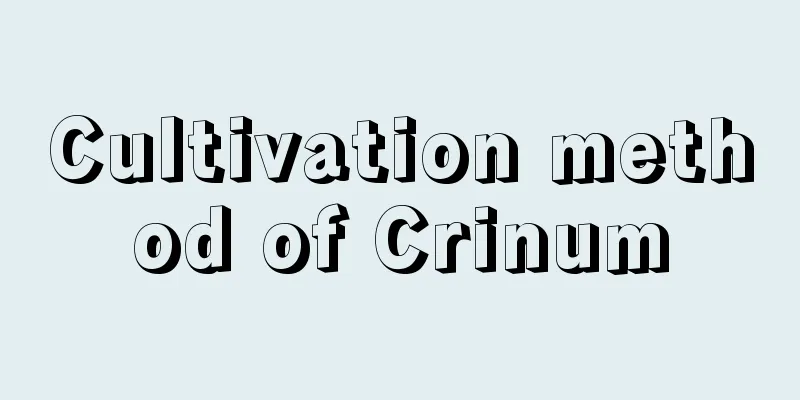How to cultivate Artemisia selengensis

1. SoilArtemisia selengensis is suitable for cultivation in fertile, weakly alkaline soil with a pH value of about 7.5. It is best to breed it on the edge of rivers, bushes, forest edges, roadsides, meadows and swamps in areas with medium and low altitudes. 2. TemperatureIt is relatively heat-resistant, and around 25 degrees Celsius is most conducive to its growth and health. Attention should be paid to insulation during the winter period. It can be planted in greenhouses and sheds, and the temperature should be controlled not lower than 5 degrees Celsius. 3. FertilizationFertilization should be carried out in a timely manner and can be applied with water. You can choose to use organic fertilizer or farmyard manure, but avoid using chemical fertilizers to prevent the soil from becoming compacted and airtight, which will affect its growth. 4. WateringIt is a relatively humid environment. The soil should be moistened before sowing seeds, and the leaves should be sprayed frequently after seedlings emerge to prevent withering and death. It is not tolerant to waterlogging, so attention should be paid to drainage to prevent root rot and death. 5. LightingSufficient light supply is required. If conditions permit, it is recommended to use a solar greenhouse for planting, which can achieve year-round cultivation. 6. Notes1. It has strong disease and insect resistance, and pesticides are generally not sprayed during the growth period. 2. Harvest and seeds should be collected in time. Harvesting too early will result in low yields; harvesting too late will cause it to age, reducing its taste and health value. 3. Weeding should be done in time. |
<<: Cultivation method of broad-leaved Mahonia
Recommend
The efficacy and function of wormwood, can wormwood be soaked in water and drunk?
1. Efficacy and Function Mugwort has many benefit...
What flowers are suitable for growing in Wenzhou? What are the city flowers and trees?
1. Climate characteristics of Wenzhou Wenzhou has...
Medicinal value of crape myrtle
Crape Myrtle The aliases of crape myrtle include ...
What is the best month to plant water peanut seeds?
When to plant water peanut seeds Water peanuts ar...
How to store yacon? Is there any method to store it for a long time?
1. How to save 1. Soak in clean water: If you don...
How to propagate frangipani by cuttings
Plumeria can be propagated by cuttings, which can...
How to raise a star beauty
Farming methods Lighting requirements The origin ...
Why don't orchids bloom?
No flowering due to own reasons Small orchid seed...
What flowers are suitable for growing in Chuxiong? What are the city flowers and trees?
1. Climate characteristics of Chuxiong Chuxiong h...
Which month is the best time to plant loofah?
When summer comes, many people have no appetite d...
Grow a pot of flowers like the ones on the RMB, and you’ll have money to spend every day!
1. One-yuan banknote ▼ orchid(Photo by: Zhilanshe...
Can tea be used to water flowers?
1. Is it possible to water the flowers? Leftover ...
How to care for the Red Heart Mage Succulent and how to grow it well? How to grow the Mage Succulent
The biggest feature of the Red Heart Mage is that...
Peony planting methods and precautions Peony planting conditions and planting techniques
How to cultivate peony illumination Peonies do no...
Emergency tips for treating Clivia's arrow
1. Shade This is the simplest and most common met...









